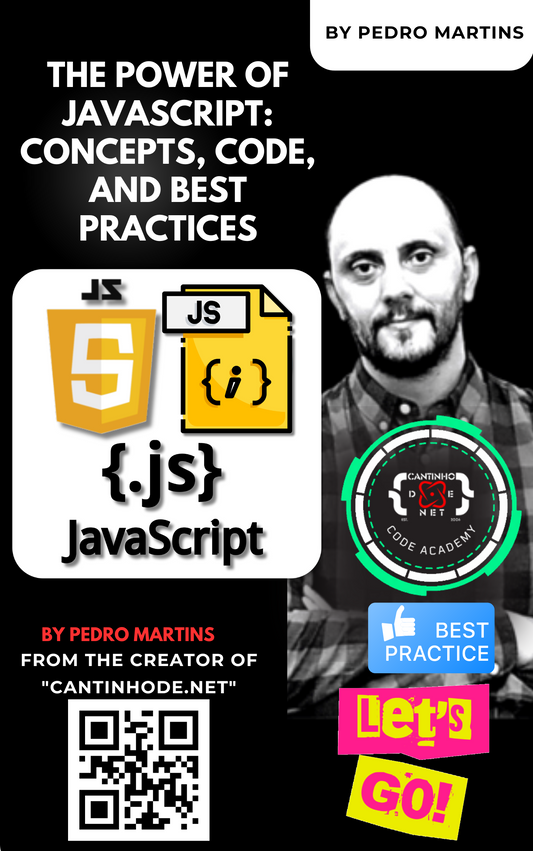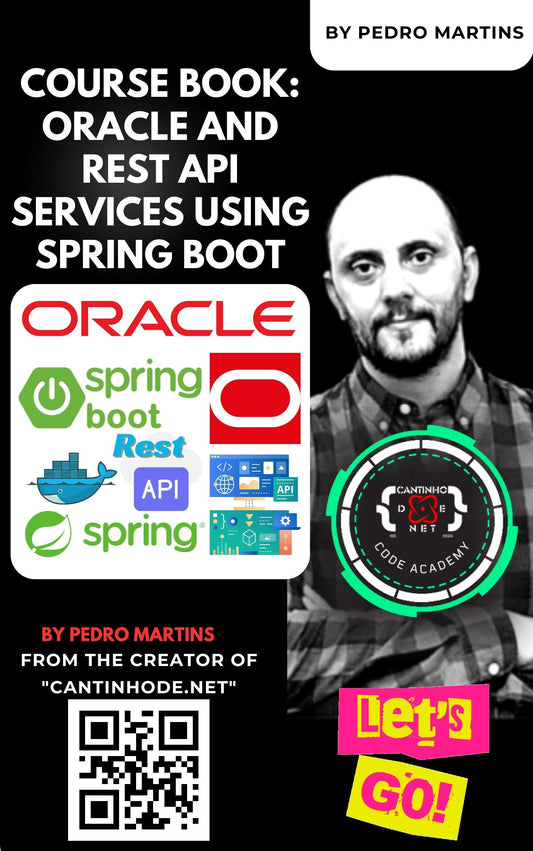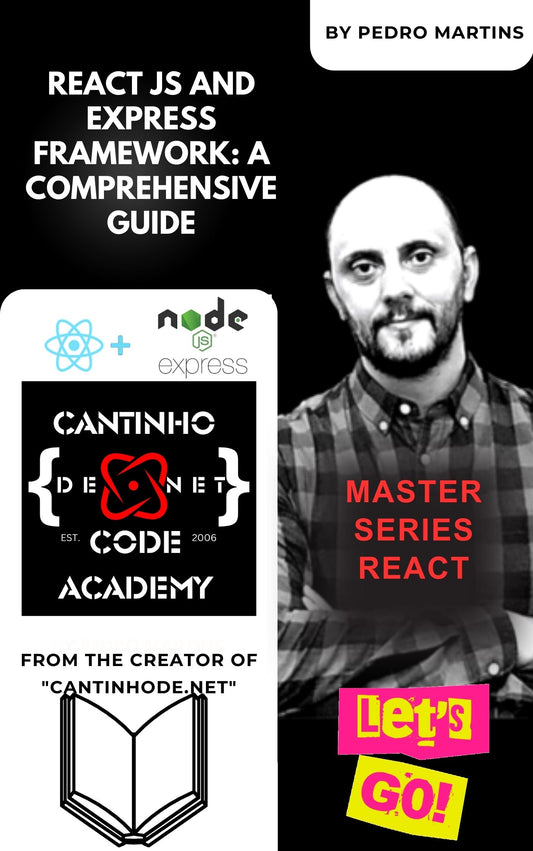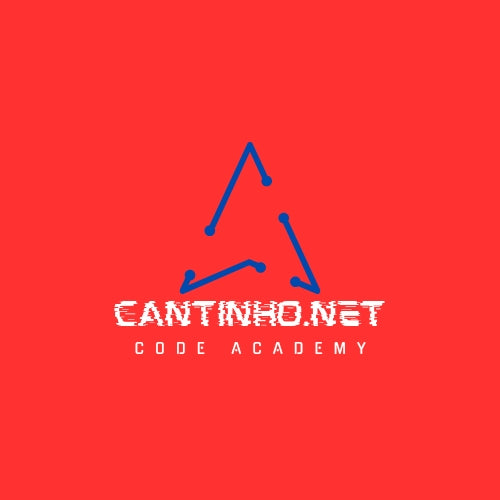Integrating Elasticsearch and OpenAI in an ASP.NET Core Web API
In this article, we will walk through the process of creating an ASP.NET Core Web API that integrates Elasticsearch and OpenAI. The goal is to build a system that can answer questions based on data stored in Elasticsearch, using OpenAI to generate responses grounded in the retrieved data. This approach is powerful for applications such as customer support, virtual assistants, and recommendation systems.
1. Setting Up the ASP.NET Core Web API Project
a) Creating the Project
First, let’s create a new ASP.NET Core Web API project using the .NET CLI:
This command creates a new Web API project named ElasticsearchOpenAIWebAPI.
b) Installing Required Packages
Next, install the NEST and OpenAI packages to enable interaction with Elasticsearch and OpenAI:
NEST is the official library for communicating with Elasticsearch in C#. The OpenAI-API package will be used to interact with the OpenAI API.
2. Configuring appsettings.json
API keys and the Elasticsearch URL are typically stored in the appsettings.json file for easy access:
This configuration file contains connection information for both Elasticsearch and the OpenAI API, which will be loaded into the application during startup.
3. Creating Configuration Classes
Let’s create a class AppSettings.cs to map the settings from appsettings.json:
This class structure will allow us to access the configuration settings in our services.
4. Setting Up the Elasticsearch Service Using NEST
a) Creating the Elasticsearch Service
The ElasticsearchService class will use the NEST client to interact with Elasticsearch:
b) Detailed Explanation
-
ConnectionSettings: This class defines the connection settings for Elasticsearch. The URI and API key are retrieved from the
appsettings.json. -
ElasticClient: The
ElasticClientis the main client used to interact with Elasticsearch, configured with theConnectionSettings. -
SearchAsync: This method executes a search query on Elasticsearch. It uses a
MultiMatchquery to search across multiple fields (body_contentandtitle). The method returns the top 3 relevant documents.
📌 Summary Note:
- ElasticsearchService: A service class that interacts with an Elasticsearch instance using the NEST client.
-
ElasticClient: Main client used to perform Elasticsearch operations, configured via
ConnectionSettingswith the URI and API key. -
SearchAsync Method: An asynchronous method that performs a search on the “search-olx” index, using a
MultiMatchquery to search across theBodyContentandTitlefields, returning the top 3 results. - Purpose: Enables efficient search and retrieval of relevant documents from Elasticsearch based on user queries.
c) SearchResult Model
Create a SearchResult model to map the search results:
This model maps the fields of the documents returned by Elasticsearch.
5. Setting Up the OpenAI Service
a) Creating the OpenAI Service
The OpenAIService class will interact with the OpenAI API to generate responses based on the provided context:
b) Detailed Explanation
-
OpenAIAPI: This class is used to interact with the OpenAI API. The API key is provided via configuration.
-
GetCompletionAsync: This method creates a conversation with the OpenAI model, where the context is passed as part of the user input. OpenAI generates a response based on the context and the user’s question.
📌 Summary Note:
- OpenAIService: A service class that interacts with the OpenAI API to generate responses based on provided context.
- OpenAIAPI: Main client used to communicate with OpenAI, initialized with an API key from configuration settings.
-
GetCompletionAsync Method: An asynchronous method that creates a conversation with the OpenAI model. It provides:
-
System Instructions: Detailed guidelines for how the AI should behave:
- Be Truthful and Factual: The AI is instructed to answer questions using only the provided context and not to fabricate any information.
- Context-Only Answers: The AI should rely exclusively on the context provided to generate responses, ensuring accuracy and relevance.
- Honesty in Uncertainty: If the AI doesn’t know the answer, it is directed to admit that rather than guessing or creating information.
- Code Formatting: If the response involves code, it should be formatted using Markdown for clarity.
- Tone and Style: The AI should be correct, factual, precise, and reliable in its responses.
- User Inputs: The actual context (from previous searches or provided data) and the specific question from the user.
- The method generates and returns a response based on this context and question.
-
System Instructions: Detailed guidelines for how the AI should behave:
- Prompt Explanation: The prompt carefully instructs the AI on the nature of its response, emphasizing accuracy, the use of given context, and appropriate formatting. This ensures that the AI’s output is not only relevant but also trustworthy and clear, particularly in technical scenarios involving code.
- Purpose: Enables dynamic and context-aware response generation using OpenAI, tailored to specific user queries and the provided context, while ensuring the responses adhere to the specified guidelines.
6. Creating the Web API Controller
Create a controller to expose the endpoint that combines Elasticsearch and OpenAI:
a) Detailed Explanation
-
Ask: This is the main endpoint that receives the user’s question via a query string (
?question=...). It first queries Elasticsearch using theElasticsearchService, then passes the resulting context toOpenAIService, which generates a response based on the retrieved data. -
HttpGet(“ask”): This attribute defines an HTTP GET endpoint that can be accessed at
api/search/ask.
7. Configuring Program.cs
In Program.cs, register the services with the dependency injection container:
a) Detailed Explanation
-
Configure
: Maps the configuration settings from appsettings.jsonto theAppSettingsclass. -
AddSingleton
() and AddSingleton : Registers the services as singletons, ensuring a single instance of each service is used throughout the application’s lifecycle.() -
MapControllers(): Configures routing to direct HTTP requests to the appropriate controllers.
8. Running the Application
To run the application, use the following command:
You can now access the endpoint GET /api/search/ask?question=your_question. This endpoint retrieves relevant information from Elasticsearch and uses OpenAI to generate a response based on the context.
9. Understanding the Application Workflow
a) API Workflow
-
Receiving the Question: The user sends a GET request to the
/api/search/askendpoint, passing a question as a query string. -
Elasticsearch Search:
- The question is sent to the
ElasticsearchService. - This service searches the specified indices (in this case,
search-olx) using aMultiMatchquery on thebody_contentandtitlefields. - The most relevant results (up to 3) are returned and converted into a list of
SearchResultobjects.
- The question is sent to the
-
Context Generation:
- The content of the retrieved documents is combined into a single string (
context). - This string represents the context that will be used to answer the question.
- The content of the retrieved documents is combined into a single string (
-
Generating a Response with OpenAI:
- The combined context is passed to the
OpenAIServicealong with the original question. - The
OpenAIServicecreates the conversation with OpenAI and provides the context as part of the input. OpenAI then generates a response based on the context and the user’s question.
- The combined context is passed to the
-
Returning the Response:
- The response generated by OpenAI is returned to the user in the HTTP response body.
b) Benefits of the Architecture
-
Modularity: The code is well-modularized, with responsibilities separated between services, controllers, and configurations. This makes it easier to maintain and extend the application in the future.
-
Scalability: Both Elasticsearch and OpenAI are scalable services. This solution can handle large volumes of data and requests as long as the server resources are appropriately scaled.
-
Security: API keys are stored securely in the
appsettings.jsonfile. For added security in a production environment, consider using user secrets or a secrets management service. -
Flexibility: The API can be easily adapted to different Elasticsearch indices or question types by modifying the search logic or the instructions passed to OpenAI.
c) Performance Considerations
-
Limiting Results: The code limits the number of Elasticsearch results to 3. Depending on the application, you can adjust this limit to improve performance or provide more context to OpenAI.
-
Response Time: Since the process involves calls to both Elasticsearch and OpenAI, the API’s response time may vary. For critical applications, you might consider implementing caching, optimizing Elasticsearch queries, or even preprocessing data.
d) Potential Extensions
-
Enhanced Search Capabilities: You can improve the Elasticsearch queries by adding filters, aggregations, or more relevant fields depending on your use case.
-
Context Refinement: The method of constructing the context could be refined. For example, you might add more metadata to the context, such as titles, dates, or other useful information.
-
Adding Authentication: If you’re building a public or protected API, consider adding authentication and authorization using JWT or OAuth.
-
Monitoring and Logging: Implementing robust logging and performance monitoring will help you identify bottlenecks and improve the API’s efficiency.
-
Database Integration: Depending on your needs, you could integrate the application with relational or NoSQL databases to store additional information or perform complex data operations not ideal for Elasticsearch.
10. Conclusion
In this article, we explored how to integrate Elasticsearch and OpenAI within an ASP.NET Core Web API. This setup allows you to create a powerful system capable of retrieving data from Elasticsearch and generating context-aware responses using OpenAI.
The example provided offers a solid starting point for building more complex applications that require advanced data retrieval and natural language processing capabilities. Whether you’re developing customer support tools, virtual assistants, or recommendation systems, this approach provides the modularity, scalability, and flexibility needed to grow and adapt as your requirements evolve.
With a clear understanding of the application workflow, performance considerations, and potential extensions, you’re well-equipped to further develop and customize your API to meet specific use cases. This combination of Elasticsearch and OpenAI in an ASP.NET Core Web API opens up a wide range of possibilities for creating intelligent and responsive applications.








